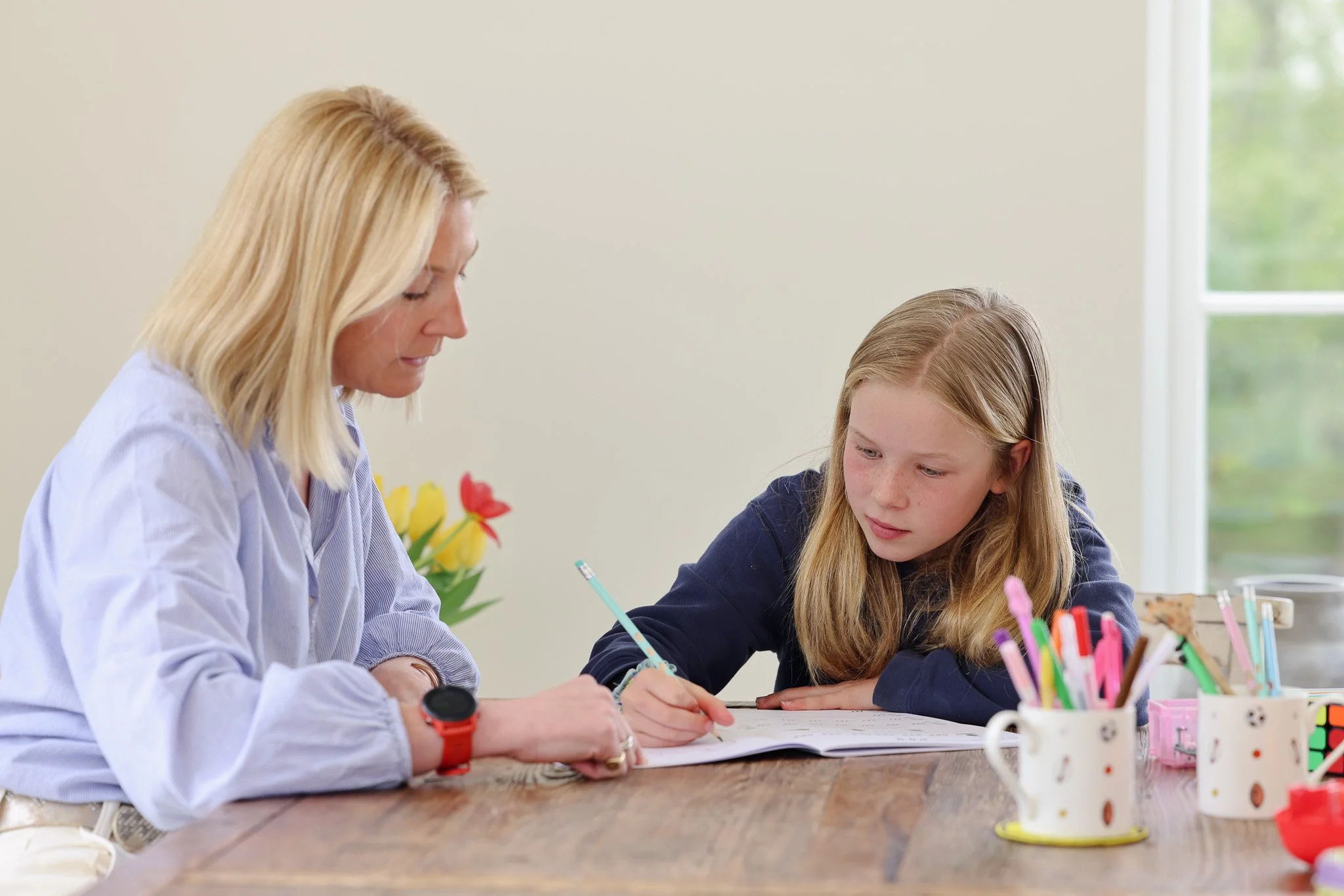Recognizing Specific Learning Difficulties in Children: Signs, Support, and Success Strategies
Helping children reach their full potential
How do you know that your child is progressing and reaching their potential? Are they able to access their learning, or, are they slipping through the net? Our natural instinct is to worry about our children’s development, particularly at the early stages. There may be a time when you wonder if there is more going on than meets the eye. What are the signs that a child might be struggling and what can you do about it?
Specific Learning Difficulties (SpLDs) are more recognised now than ever before. There is so much on offer to support children and ensure that they reach their full potential. However, it is hard to know whether a child has a SpLD or whether it is a delay in their development. All children learn at differing rates and we must not try to diagnose a child who might have an SpLD too soon!
The British Dyslexia Foundation has established that 10% of the population have dyslexic traits. While many schools are now able to identify a potential dyslexic child, there are still some in education who do not empathise with a child that has an SpLD, which can have serious implications. When undiagnosed, and without the appropriate support, young people can leave school with few qualifications, low self-esteem and a worrying feeling of what will come next.
10% of the population has dyslexic traits
Dyslexia is a specific learning difficulty, and we know that dyslexia can be associated alongside other specific learning difficulties. These are known as co-occurring difficulties; dyspraxia, developmental control disorder (DCD), attention deficit disorder (ADD), dyscalculia, working memory, processing difficulties (visual and auditory) and speech and language difficulties.
The following signs are often associated with a SpLD. It is important to remember that children develop at different rates and do not have the same cluster of abilities or difficulties. Every child is unique.
They are struggling with spelling, writing or reading and/or numeracy.
They are not progressing as quickly as his/her peers or not progressing at all.
Their speed of processing, whether spoken and/or written language, is slow.
They may have poor concentration and difficulty following instructions.
They may be forgetful with words.
They may have low self-esteem.
If your child experiences visual difficulties (print seems to blur, moves around or doubles, their eyes hurt, or they suffer from headaches) when attempting to read. They could be suffering from visual tracking issues or visual stress.
It is a misconception that SpLD’s are seen as a weakness, when in fact they are found in children with significant potential. Understanding the child and their SpLD is the key to unlocking their success.
Every child is unique
What can you do to help your child?
Speak and share your concerns with your child’s school, their teachers and the Learning Support Department.
It is better to share your concerns earlier rather than later. It has been proven that early intervention has greater results. Let a professional in the field guide you along the journey
Building confidence is key to their success.
Growth mindset skills – encourage them to make mistakes and learn from them.
Teach your child that we are all different and have hidden talents.
Take time to understand their SpLD and see it from their perspective.
Try differing strategies – one size does not fit all.
There is a wealth of support available. These websites are a great place to start: www.bdadyslexia.org.uk, www.patoss-dyslexia.org,
There are also many websites to support your children at home - www.nessy.com/uk/, www.tes.com, www.readingeggs.co.uk
Children with SpLDs have the ability to think differently, build resilience and develop an inner strength. The world we live in is filled with inspirational people who have had the benefit that come with a SpLD and managed to navigate the daily challenges. See it as a strength and not a weakness.
Empower, nurture and inspire.




